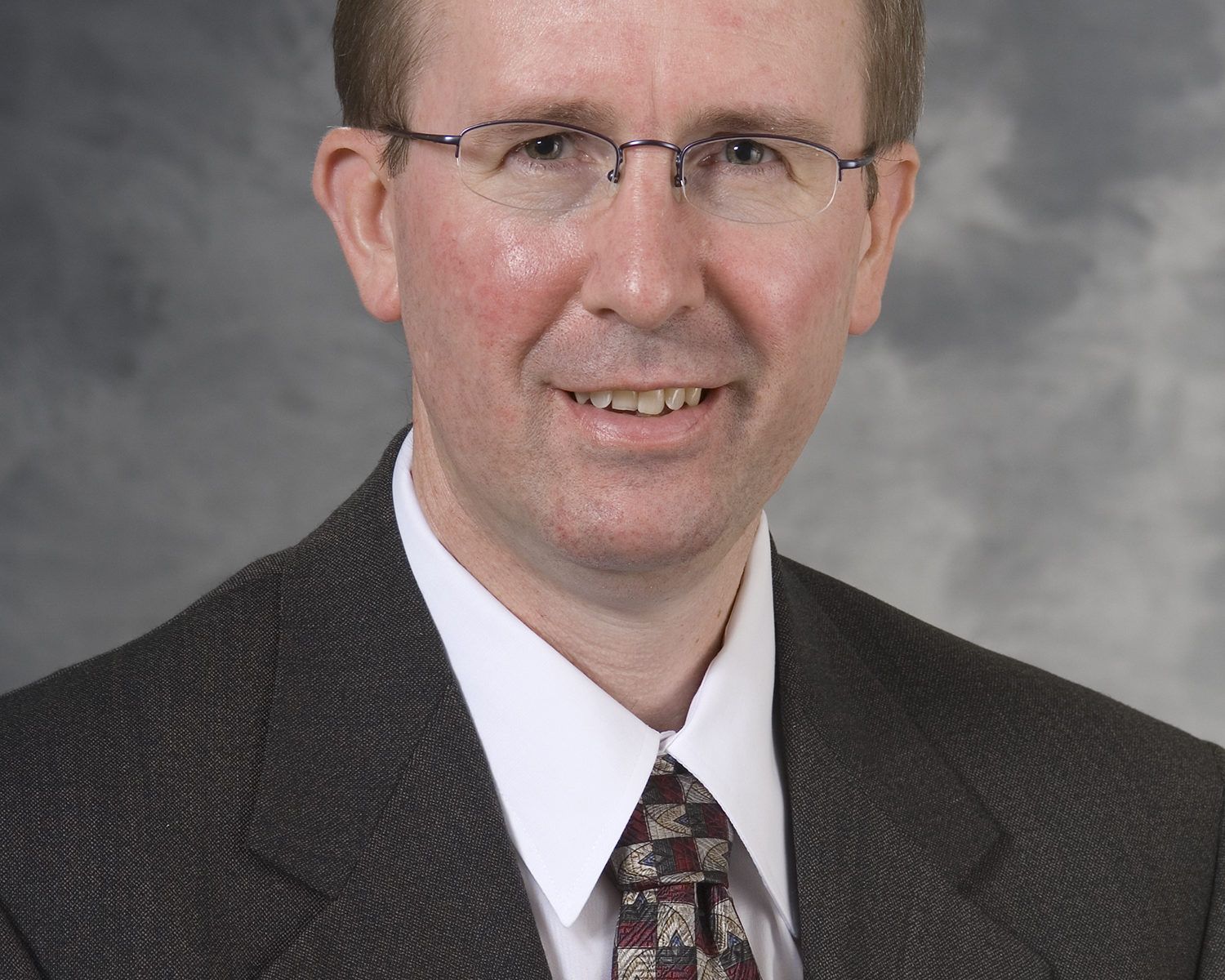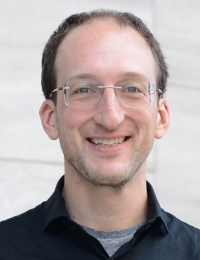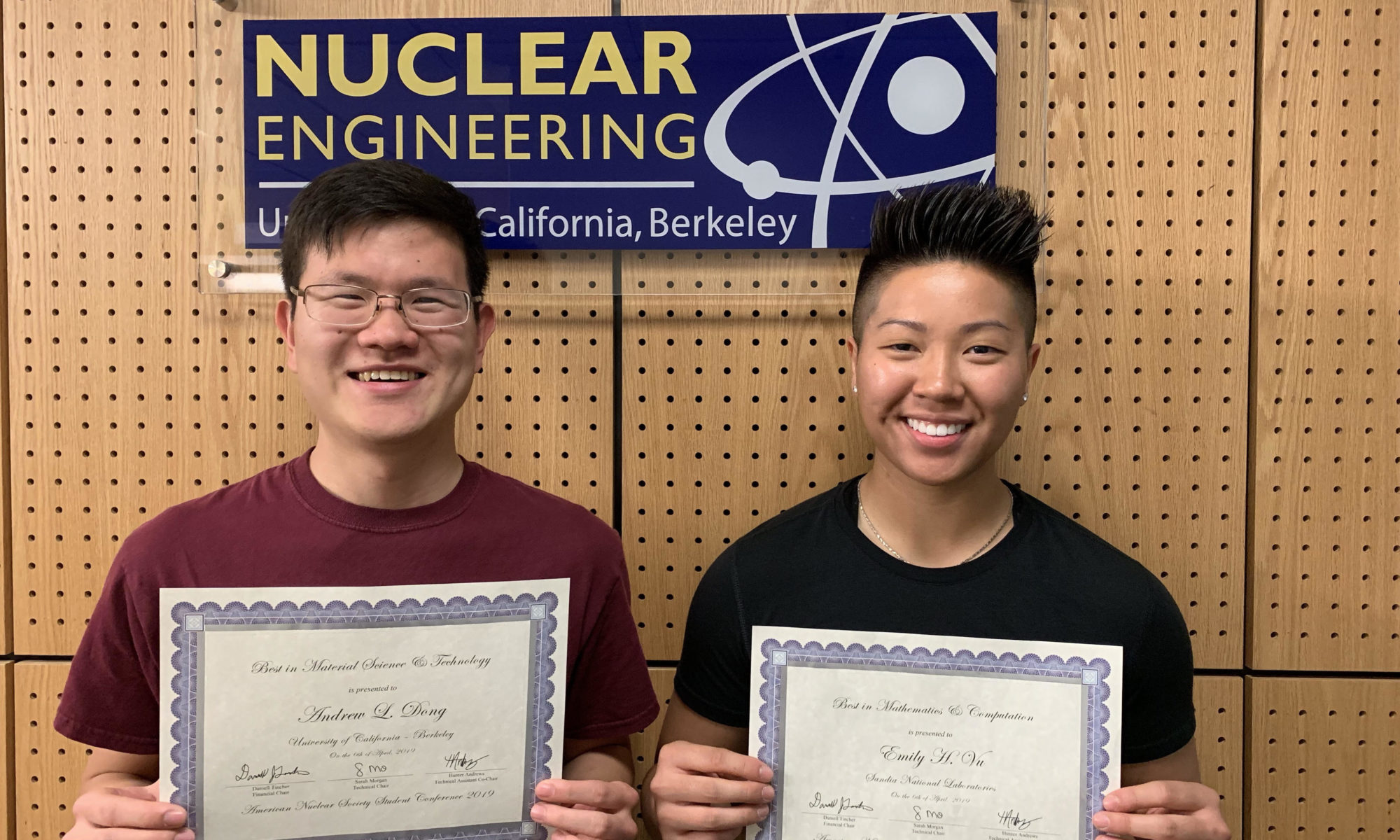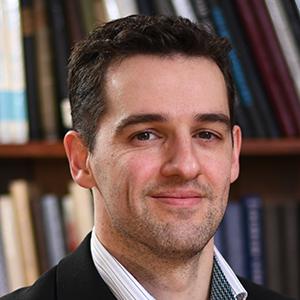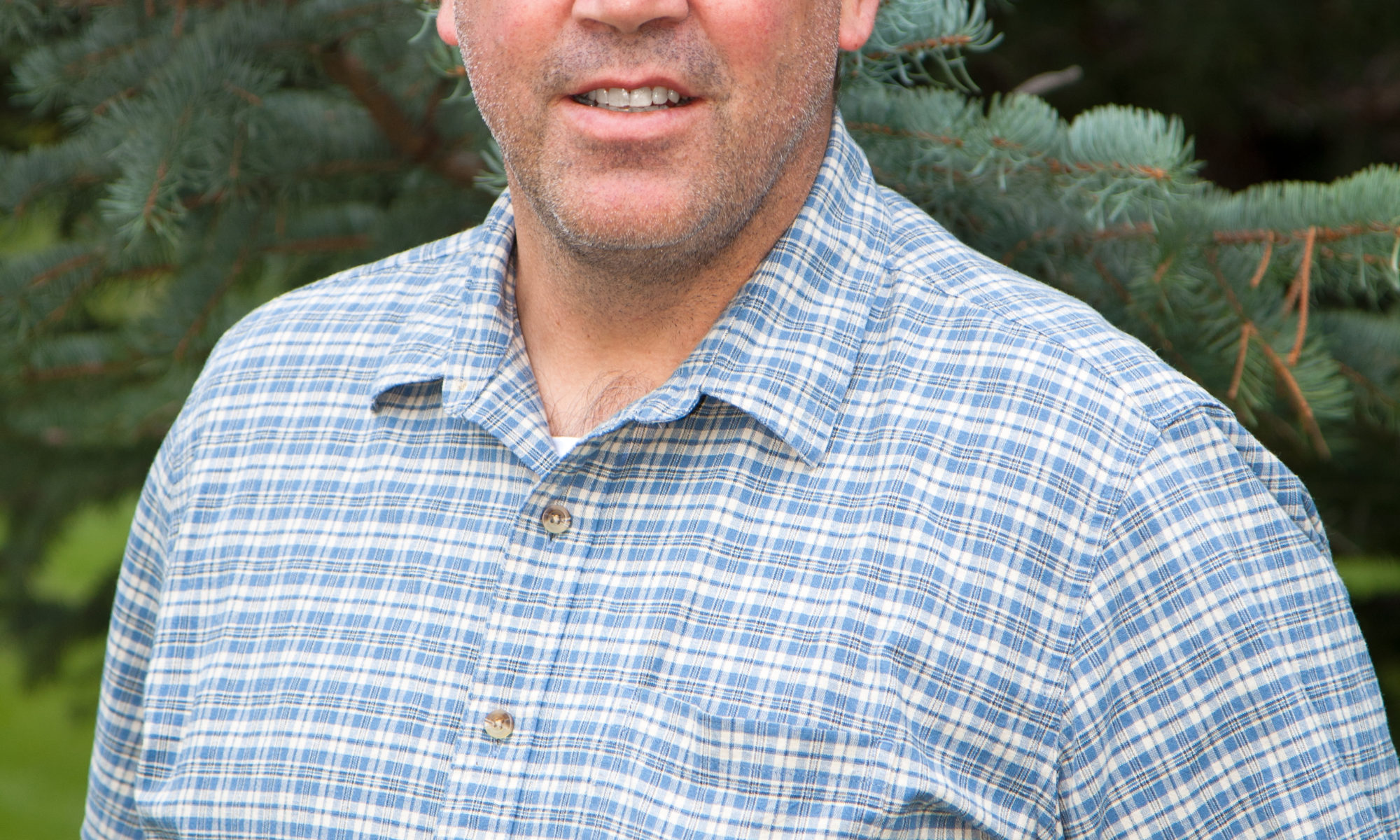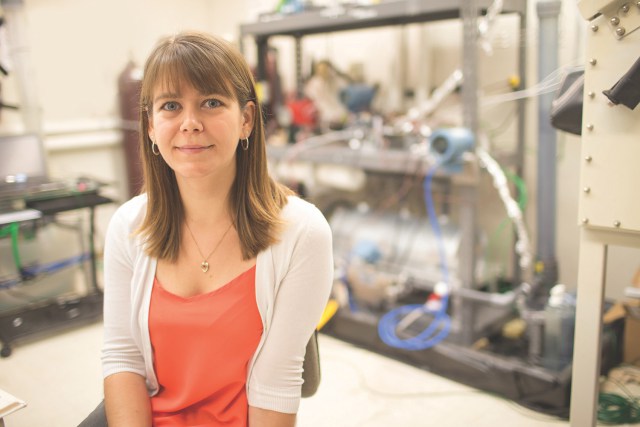
Enhancing Nuclear Plant Economics and Safety through Online Monitoring and Prognostics
The current approach to operations and maintenance (O&M) relies primarily on periodic inspection and maintenance activities scheduled to preclude in-service degradation and failure; however, this approach often leads to unnecessary work and wasted effort. Current trends in the nuclear industry are moving away from these time-based practices toward risk-informed scheduling, based in part on online monitoring of key components. Ongoing research to develop online equipment condition assessment and failure prognostics for active equipment in nuclear power plants helps drive the industry toward more cost-effective O&M. This enhanced situational awareness will be critical for the future fleet of advanced reactors with new concepts of operation.
Dr. Jamie Baalis Coble is an Assistant Professor and Southern Company Faculty Fellow in the Nuclear Engineering department at the University of Tennessee, Knoxville where she has been since 2013. Dr. Coble’s expertise is primarily in statistical data analysis, empirical modeling, and advanced pattern recognition for equipment condition assessment, process and system monitoring, anomaly detection and diagnosis, failure prognosis, and integrated decision making. Her research interests expand on past work in nuclear system monitoring and prognostics to incorporate system monitoring and remaining useful life estimates into risk assessment, operations and maintenance planning, and optimal control algorithms. Prior to joining the UT faculty, she worked in the Applied Physics group at Pacific Northwest National Laboratory. Her work there focused primarily on data analysis and feature extraction for detecting anomalies and degradation in large passive components, advanced active components, and nuclear fuel reprocessing systems. Dr. Coble is currently pursuing research in prognostics and health management for active components and systems; advanced control strategies for integration of small modular reactors with deep renewable penetration; and process monitoring and accountancy for safeguards of nuclear fuel cycle facilities.

